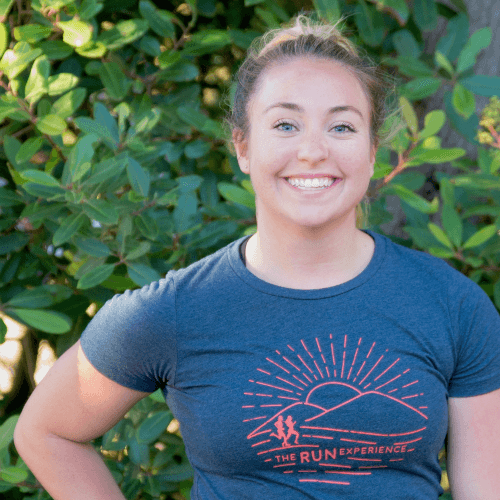|
Whether you are a trail runner, a roadrunner or a combination of the two, you need hills. As challenging and unpleasant as they sound, hills can be used to work on uphill endurance, improving strength and building turnover (taking more steps per minute) to help your run form. While most outdoor running routes will have some level of hills, repeating shorter runs on the same hill (a.k.a. hill repeats) is going to be more effective in reaping the many benefits you can gain from the added incline. Hill repeats are a way to overtrain and exaggerate race-route conditions. Most race courses will not have as many hills at that grade or they’ll be more spread out with flat stretches in between to recover. Thus, because you’re repeating one tough hill multiple times, you're challenging your legs and lungs to adapt to the difficulty level and be better prepared when a hill does hit on a traditional race course. In addition, hill repeats train mental toughness. It is difficult to see yourself try harder and run slower simultaneously, but that is exactly what happens on a hill. Training your mental perseverance will make you more prepared if and when you encounter taxing situations in a race. Running hills also improves your aerobic capacity and your ability to control your breathing. Working at a higher heart rate and a bigger power output will make the rest of your training feel easier and improve your speed as time goes on. Lastly, hills demonstrate the importance of good run form. Hill repeats will show you how powerful a strong, parallel arm swing can be and how much good posture with your hips pushed forward can help you. Form flaws that you might not notice on a flat road become big obstacles on a tough hill, so training on a hill several times in a row will allow you to work out those kinks and run with better form under all conditions. And because hill repeats are a great way to put your form to the test, allow run and strength coach Kirk Warner convince you to take advantage of this important training strategy. 3 Takeaways for Taking on That Hill1. Maintain Your Cadence |
Popular Entries
Related Entries
More From SparkPeople
|
 About the Author
About the Author


.png)














.png)



